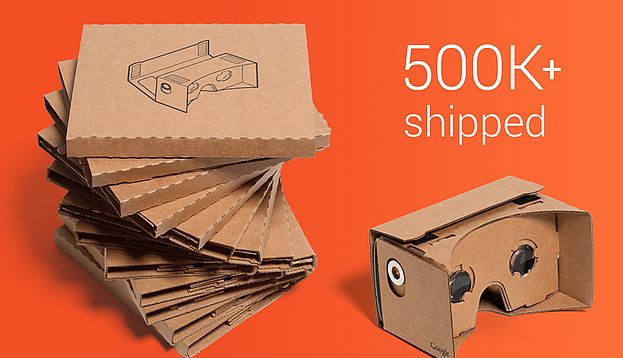Virtual reality has come a long way in such a short amount of time. Evolving from a mere fad in the late 80’s and early 90’s into something far more intricate for this generation of technology, it’s about to lead a major shift in how consumers can interact with products, whether they’re immersive 3D games or movie-style experiences.
Better still, it seems that there’s something for everyone, despite budget. Aside from the deluxe units like Facebook’s Oculus Rift and HTC’s recently announced Vive, Google’s Cardboard project provides a deep virtual reality experience without having to worry about the boisterous price tag. Re/code recently posted impressions of the device, highlighting the ups (a wide assortment of app usage and convenient use) and downs (your phone battery gets drained quickly by the number of programs) of using it. Obviously, it’s not as high-tech as the other devices, but also not that high in price – and that could be a driving factor to its success.
This can also open the door for developers to make a killing on the virtual reality market, since the store for the Gear VR opened last week at the opening of the Game Developers Conference. This enables tech makers to really produce some killer demos for an affordable price, even though virtual reality itself still has yet to find a voice in the consumer market. (The Oculus Rift, Vive and other models aren’t available just yet.)
Still, the future can be filled with potential, according to NDTV. “The truth is, we still don’t know what the best applications are going to be,” said John Carmack, chief technology office for Oculus, speaking at a recent conference. And there’s no doubt that the Vive is gaining huge buzz from those who saw it at the GDC event, even to the point that it could be a clear competitor for the Oculus. (No word yet how it’ll hold against the budget-priced Google Cardboard, though.)
Whatever the case, virtual reality has a huge chance to succeed as a business instead of just a fad, with a number of competitors and developers really taking strides in how effective it can truly be. Now it’s just a matter of seeing how well it adapts to the consumer market, how affordable it can be (the Google Cardboard is a huge example of this) and what kind of experiences will be able to draw us in. One thing’s for sure – the future is definitely getting interesting on a virtual level.

